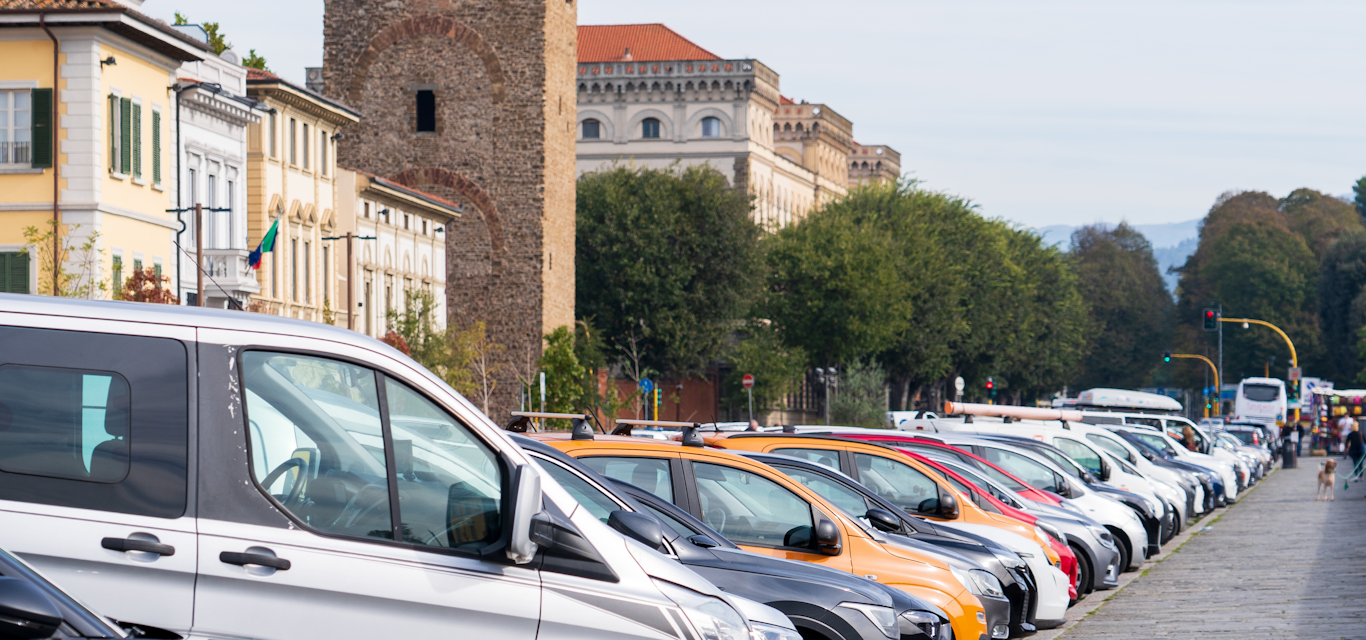From unfamiliar road signs to different driving customs, the experience can be vastly different from what you're used to at home. Here’s a look at the key differences and what to expect when driving abroad.
1. Left or right? Know your side
First things first: not everyone drives on the same side of the road.
Countries like the UK, Australia, and Japan drive on the left
Meanwhile, the US, Canada, and most of Europe stick to the right
That means not only flipping your road instincts, but also adjusting to driving from the opposite side of the car. It takes a little brain rewiring especially at roundabouts and intersections, but you’ll get the hang of it quicker than you think.
2. Road signs: same language, different rules
Even if you're travelling in a country that speaks your language, road signs might still throw you off. Some places use symbols you’ve never seen before or measure speed in miles instead of kilometres.
And if you're in a non-English speaking country, the signs might not make much sense at all unless you brush up beforehand. It can be useful to look up a cheat sheet of local road signs before your trip.
3. Licences and legal information
Can you legally drive there? That depends on a few things:
Some countries accept your home licence
Others require an International Driving Permit (IDP), read on for more information here
Rental companies might also ask for proof of insurance, and in some places, you’ll need to buy local coverage
It's always a good idea to check the rules before you book a rental car.
4. Different roads, different attitudes
Driving culture varies wildly around the world.
In Germany, the autobahn means business, remember to stay out of the fast lane unless you're really moving
In places like India or Vietnam, driving can feel like organised chaos
In Italy, expect tight city streets
It's important to not assume people drive the way they do back home. Observe, adapt, and stay calm.
5. Roundabouts are everywhere (or nowhere)
If you’re not used to roundabouts, prepare yourself. They’re super common in Europe and the UK, and the rules can vary slightly by country. Usually, you give way to traffic already in the circle, but always double-check the rules of where you are.
And if you're used to roundabouts and suddenly find yourself in a country that uses tons of stop signs instead... well, that’s a whole different adjustment.
6. Tolls and other fees
Highways aren’t always free. Some countries have toll booths, others use electronic systems, and many in Europe require you to buy a vignette. This is a sticker or digital pass proving you’ve paid to use the roads.
Skip it, and you could face a fine later (or a surprise on your credit card bill). Always check what's required before you hit the highway.
Driving abroad is a great way to see the world at your own pace. Yes, there’s a learning curve but with a little prep and a lot of patience, you’ll be navigating foreign roads like a pro in no time. Just remember to go slow, stay alert, and when in doubt pull over and take a deep breath. The road may be different, but the adventure is worth it.
